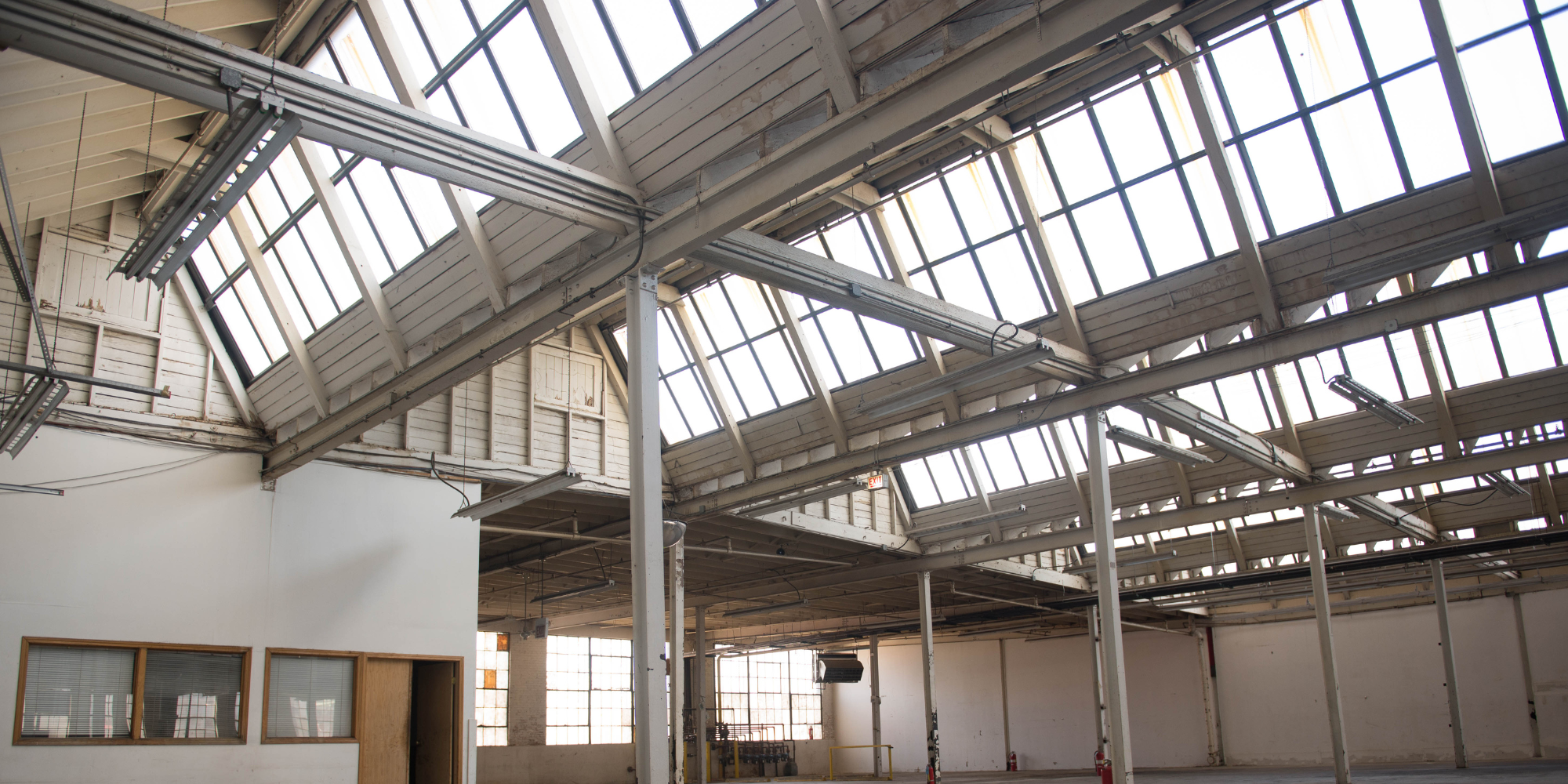You may be watching the news headlines on the site searches of logistics and tech manufacturers, noticing the construction of large warehouse style buildings on your daily commute, or even contemplating the scarcity of goods or lengthy delivery times for your online orders — the signs are all pointing to a historic and growing need for industrial space in markets from coast to coast. You don’t have to be a real estate insider to know that industrial space is in high demand in the Buffalo-Niagara MSA. While demand is cooling as a result of rising interest rates and cooling consumer spending the realities of the regional real estate market, specifically a lack of quality industrial and warehouse space means demand continue sot be strong.
There are several reasons for the increased demand for industrial type property. The most talked about factor would be the increase in e-commerce business mostly as a result of the Covid-19 pandemic. While your shopping habits have likely shifted to a more online approach out of convenience, availability, etc. the for-sale side of e-commerce also experienced significant growth. Good ideas that sat idle for years came to life with the job market fluctuations brought on by the pandemic. E-commerce has also changed the way we buy our groceries. Delivery service means groceries are filling store warehouses and refrigerated facilities at a higher rate, and of course, adding to the need for already scarce industrial space. These changes in behavior have created the first wave of problems for the industrial real estate market, but that’s not the end of it.
Add to the stresses of e-commerce vitality a growing demand for high-tech manufacturing aimed at alleviating supply chain issues with North American based manufacturing and the limited supply of industrial space is compounded. These users can have unique requirements like low-cost power. While low-cost power is quite common, the quantity of high-power users in the market is not. The cost of the infrastructure and the work with energy companies to meet the demand is often estimated to take years. In addition, these manufacturing facilities demand large footprints and infrastructure driving lease rates and growing the need for build-to-suit product that is leased in full well before a shovel even breaks ground.
Further stressing the industrial real estate supply, the rising costs to transport goods led primarily by fuel and insurance costs as well as government legislation aimed at regulating the trucking industry, and you have created demand for industrial spaces of all classes, outside traditional industrial development areas, and at a rate that developers can’t keep pace with.
Those tenants that currently occupy warehouse space are signing long term extensions and renewals while those building industrial real estate are leasing space well outside what is needed to meet their current needs. The added cost of the lease remains lower than transportation costs and is a guarantee that their business has the space to grow or the ability to leverage their space with other users. Hoarding activity in the marketplace is a sure sign that pressure on the industrial real estate market will remain for some time to come.
In large markets the demand is already driving creative solutions that include multi-level warehouse space with docking capabilities above grade level floors. Other, more common solutions include extending racking, creating mezzanine levels for non-essential processes, and at times storing products in trailers.
Looking forward, there are some early indicators that the trend is beginning to slow. Based mostly on rising interest rates and the resulting reduction in consumer spending coupled with increased costs of occupancy as utility costs rise, and the path becomes understandable. While the experts studying the real impacts and their effect on the longevity of this space shortage, this movement in the marketplace will continue to create opportunities in both a traditional sense and through creative solutions to what is really an age old problem of supply and demand.

